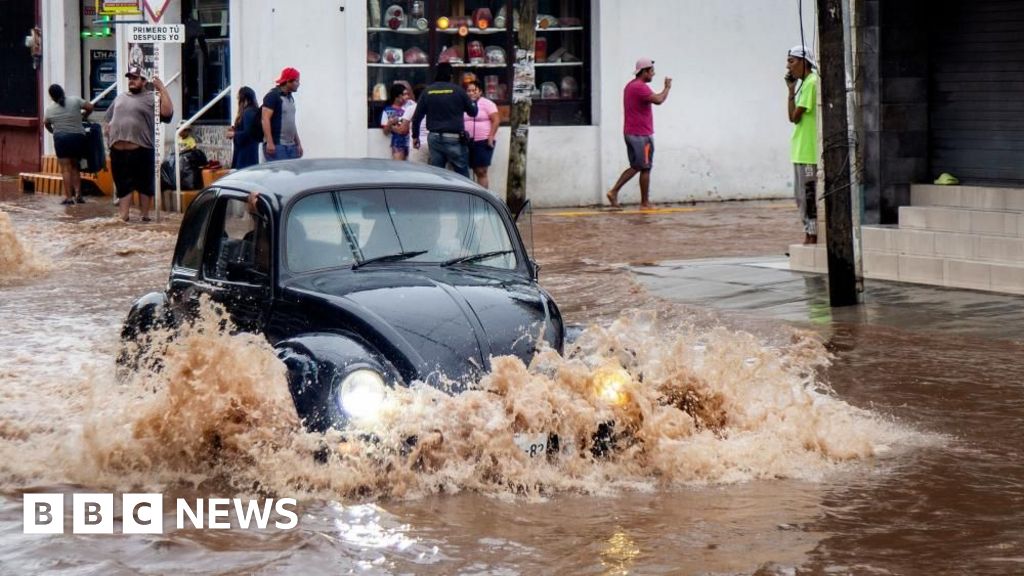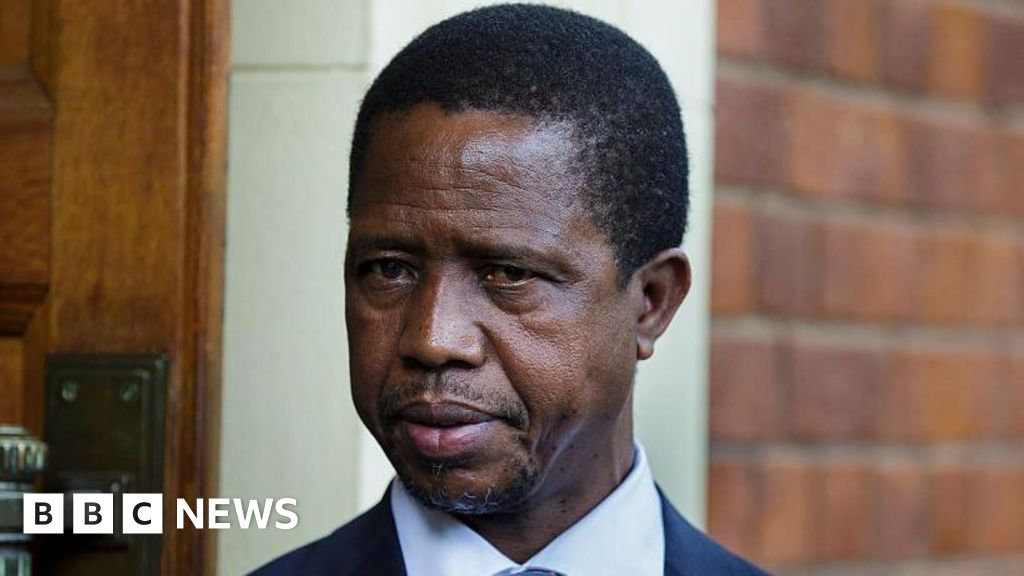Now that the United States has secured a deal to share the rights to Ukraine’s mineral reserves — including elements crucial for a range of high-tech applications, from powering electric vehicles to producing warplanes and tanks — the path to actually extracting the minerals is fraught with formidable challenges and uncertainty.
And ending the war with Russia that has been raging for more than three years is only the first hurdle that will need to be overcome before the United States can realize any potential windfall.
Maps showing trillions of dollars of mineral deposits scattered across Ukraine — including in areas occupied by Russian forces — are based largely on outdated studies, and proper surveys could take several years to complete, experts said. The deposits might not be easy to extract; investors will need to pump billions into Ukraine to pull the resources from the earth.
And the nation’s energy infrastructure — which continues to be bombarded by Russian missiles and drones — will have to be repaired and upgraded to provide the enormous amounts of power needed to sustain mining operations.
President Trump has said the United States stands to reap hundreds of billions of dollars from the deal, far higher than the $1 billion annually that Ukraine earns in royalties from its natural resources.
Still, for the United States, the potential upside is enormous as Washington tries to find a way to limit its vulnerability to China’s dominance in the extraction and processing of minerals. China controls more than 90 percent of the global processing and 60 percent of the mining of the rare earth minerals that are used in products like cellphones and electric vehicles.
“One of the things that is attractive about Ukraine is, globally, a lot of the reserves have been hoovered up by the Chinese, and Ukraine is full of untapped potential,” said Gracelin Baskaran, the director of the Critical Minerals Security Program at the Center for Strategic and International Studies.
The deal also raises the prospect of gas and oil development in the Black Sea and maybe even the Sea of Azov, which presents the most immediate opportunities for profitable projects, said Nataliia Shapoval, a vice president at Kyiv School of Economics.
It has the potential to be a good deal for both Ukraine and the United States, she said.
“It sets the state for recovery, for investment, for development of the Black Sea region,” she said. Neighboring Romania is already developing large natural gas deposits in the Black Sea.
But many of the details still have to be worked out and will depend on the course of the war and the shape of any potential peace deal.
Ukraine’s president, Volodymyr Zelensky, first raised the prospect of offering a stake in his country’s natural resources last year as a way of offering the United States a tangible reason to back his nation’s fight.
But disagreements over the shape of a deal inflamed tensions between Mr. Zelensky and Mr. Trump just as the White House restarted direct talks with President Vladimir V. Putin of Russia.
Against that backdrop, the initial White House proposal was condemned by some as extortion — forcing the nation that was a victim of aggression to pay reparations for past American support with no guarantees of future security assistance.
Kyiv resisted, and the deal was reworked.
Ukraine’s government estimates that the country has 5 percent of the world’s most critical raw materials — including lithium, titanium, uranium and graphite. The U.S. Geological Survey found that Ukraine has deposits of 20 of the 50 minerals listed as critical for America’s economic development and defense.
But Ms. Baskaran cautioned that it could take several years for proper surveys to be carried out.
“There could be a lot more economically viable deposits, or it could be that they are not viable,” she said, adding, “On average it takes 18 years after finding a viable deposit to go to extraction.”
Martin Jackson, head of battery raw materials at CRU, a commodities research firm, said a prospective mine in Polokhivske, Ukraine, has a permit to produce what would amount to around 2 percent of the global supply of lithium, a crucial ingredient for batteries.
However, he said, that attribute alone is not enough to make sure the mine goes ahead, even though it would be an important resource for Europe. Depressed prices for the mineral are holding up development of less risky projects around the world.
“The biggest obstacle here is actually the lithium market,” he said.
Denys Aloshyn, chief strategy officer for UkrLithiumMining, the owner of the mine, said the company acquired its license for the mine in 2017 and hoped to be extracting lithium by 2029, but still needed to round up $350 million to complete the project, an effort the war has slowed.
He said he thought the mineral agreement with the United States presented “an opportunity for the Ukrainian mining sector” given how much capital was needed to make a project succeed.
“Ukraine historically lacked foreign direct investment,” he said, but he cautioned that substantial progress was unlikely as long as the war rages.
Source link
















